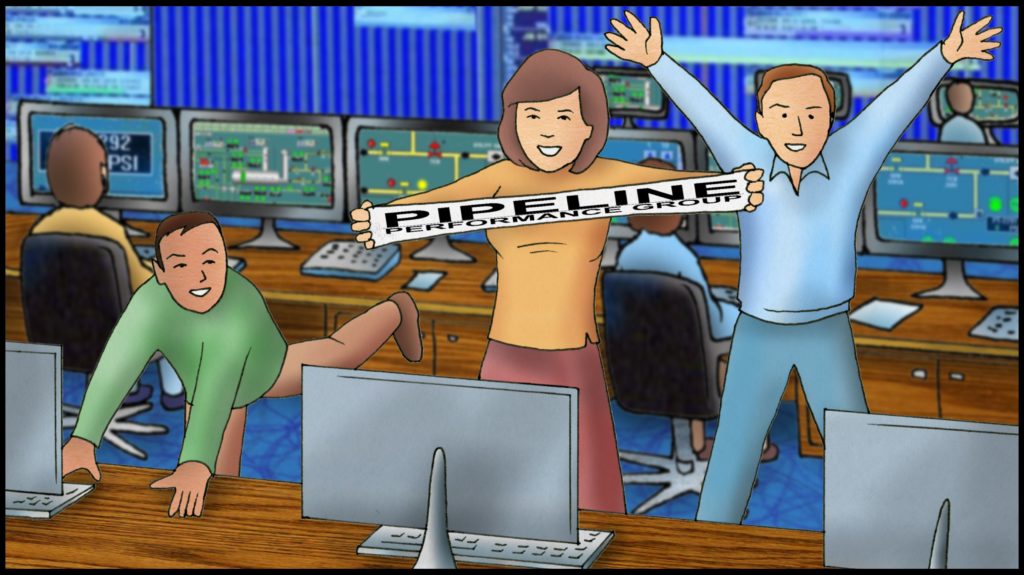Control room operators, like many of us, spend a great deal of time sitting. It is likely the most comfortable position for monitoring the pipeline, that is, unless you experience low back pain. Sitting for prolonged periods of time can cause excess pressure on the lower lumbar region of the back which can lead to a number of health-related issues.
Many people also experience pain in their neck and upper back as a result of sitting too long. This is an area where muscle tension and stress can build quickly. Upper and lower back tension is often compounded by poor posture and weak muscles.
A sedentary lifestyle also contributes to fatigue. Sure, you probably feel tired after hours of physical labor, but have you noticed that mental fatigue is a problem too? One reason this happens is that your brain requires a high amount of the body’s energy, and accounts for 20 percent of the oxygen consumed. Monitoring the pipeline requires a tremendous amount of brain energy. When you consider the ill effects of mental fatigue combined with stress on the back from prolonged sitting, it is easy to see why a simple solution is so valuable.
One solution is to practice the 30-30 rule. It works like this, for every 30 minutes of work, spend 30 seconds standing and stretching. This can easily be accomplished while continuing to monitor the pipeline. I recently met with a group of Controllers for Team Training. One person in the group was designated to be our timekeeper for the 30-30 rule. Every 30 minutes when the alarm sounded, we stood for 30 seconds while continuing the training. It helped everyone stay alert and engaged throughout the day. At Pipeline Performance Group, our favorite way to mitigate fatigue on the job is with Alertness Exercises. The eight exercises and stretches we posted on laminated cards address all major muscle groups. All exercises and stretches can be done at the desk while continuing to monitor the pipeline.
To relieve pressure from your back and shoulders, try the shoulder stretch. When your back is rounded, with arms extended, space is created between the vertebrae allowing blood and oxygen to refresh your spine. The leg extension opens the hips, relieving tension from hip flexor muscles and building strength in the lower back.
Refresh your upper body with shoulder circles and a side stretch. Working at a monitor, driving, eating, and most other daily activities, involve sitting with arms forward, chest closed. For a surge of oxygen and relief from cramped muscles, try the chest stretch. It moves your body in the opposite direction of work-related movement. The shoulder blade squeeze not only opens the chest and front of shoulders, but also causes flexion across the upper back and back of shoulders. Practicing this exercise regularly will build strength and improve posture.
Try a combination of the 30-30 rule and Alertness Exercises to relieve the effects of long hours at the desk. If you don’t have an Alertness Exercise card, email us at [email protected] and request a copy. Get moving!
MANAGING FATIGUE EDUCATIONAL PROGRAM | Scarlet Knight © 2020 Please Distribute to Others.




